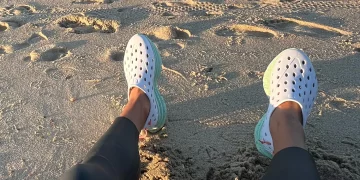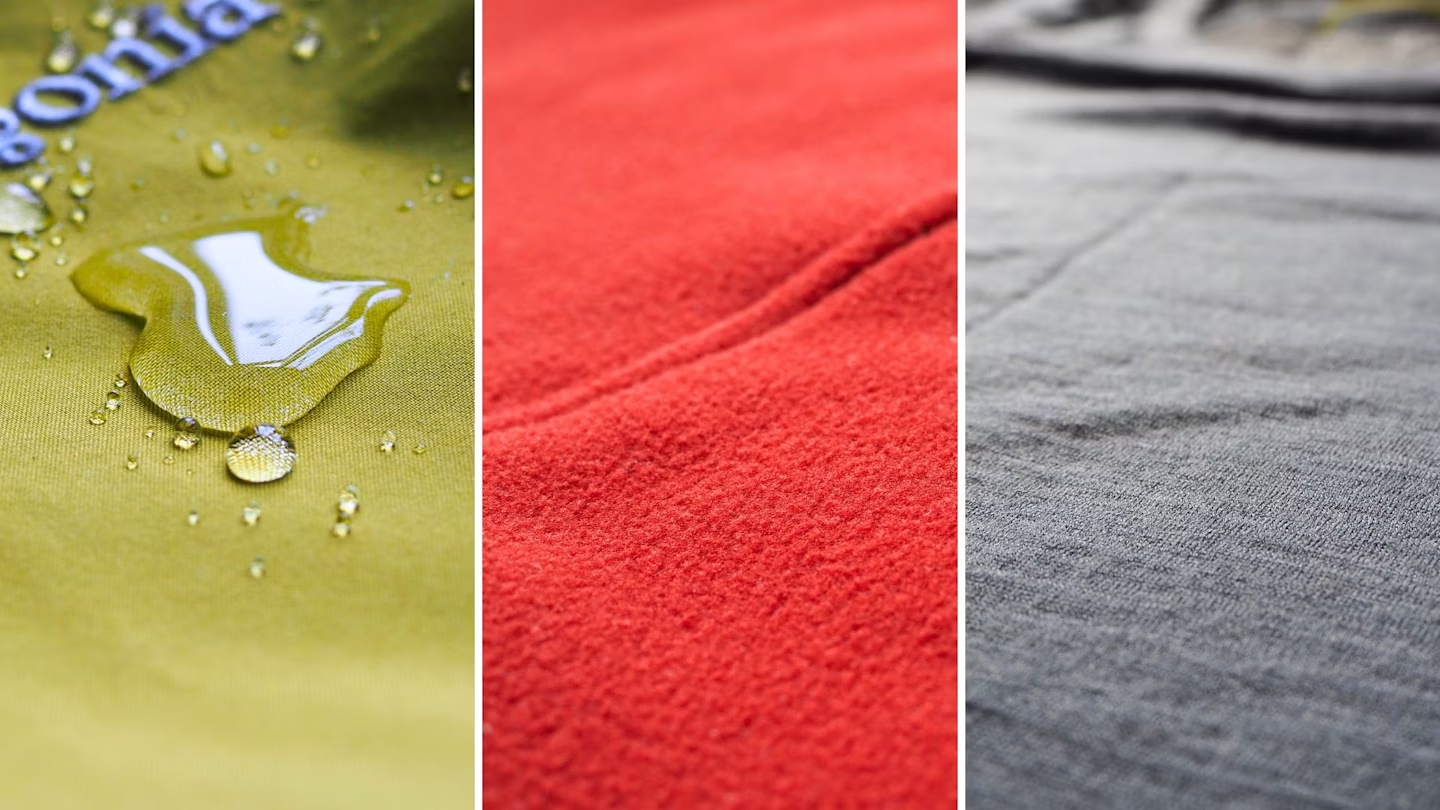In the fast-paced world of outdoor adventures, traveling, or even daily urban commutes, the durability of the gear you choose is paramount. Whether you’re investing in high-end camping equipment, a rugged backpack, or the latest tech gadget, one of the most pressing questions often is: Can this gear handle long-term use? The desire for longevity is universal—no one wants to be left with a broken tent in the middle of nowhere or a shattered phone after a single drop. But how can you be sure that your gear will stand the test of time? Let’s dive into this critical issue and explore the aspects that define whether a piece of equipment will last, the factors that affect its durability, and how to make smarter, more informed purchases.
1. Understanding Durability: What Does It Really Mean?
When we talk about gear durability, we’re addressing the ability of an item to withstand wear, pressure, or damage over an extended period. However, durability doesn’t mean the same thing for every item. A rugged jacket might need to endure harsh weather, a pair of boots might face sharp rocks and muddy trails, and a gadget might just need to survive accidental drops and long hours of use.
In gear design, durability is generally measured in two aspects:
- Physical Durability: The resistance of an item to physical stress, like pressure, impact, abrasions, and environmental factors.
- Functional Durability: The ability of the gear to continue working as expected over time, even with consistent use. For example, a flashlight should remain bright after hundreds of uses, and a laptop should continue to perform well after years of operation.
Understanding both aspects helps consumers assess the true longevity of their gear.
2. Quality of Materials: The Backbone of Durability
The foundation of durable gear starts with the materials used in its construction. High-quality materials can significantly improve the lifespan of any product, while subpar materials can lead to breakdowns after just a few uses. To evaluate whether your gear will hold up over time, it’s essential to consider the materials used in its creation:

- Metals and Alloys: Stainless steel, aluminum, and titanium are popular choices for outdoor gear and tools. They are known for their strength, resistance to corrosion, and ability to withstand heavy use. Titanium, though more expensive, is known for its lightness without compromising strength, making it ideal for things like cookware and knives.
- Fabrics and Textiles: Outdoor apparel and bags rely heavily on textiles. Materials such as Gore-Tex, nylon, and polyester are common in weather-resistant gear. Nylon is known for its durability and resistance to wear, while Gore-Tex provides waterproof breathability. Look for tightly woven fabrics and reinforced stitching, as these contribute to longevity.
- Plastics and Composites: Modern gear often incorporates high-tech plastics like ABS and polycarbonate for lightweight yet sturdy builds. These materials are often used in camera housings, electronic devices, and even some tent poles due to their resilience against impact.
- Leather: Leather, while natural, is one of the oldest durable materials. Used in shoes, bags, and belts, when treated properly, leather becomes more robust over time. It’s a material that, with proper care, can last decades.
The combination of these materials influences how gear responds to the elements, and how long it can continue performing under harsh conditions.
3. Design and Construction: Attention to Detail
No matter how great the materials are, if the design and construction aren’t up to par, durability can be compromised. Well-thought-out design and attention to detail are critical for long-term performance. Here’s what to look for:
- Reinforced Stitching: A well-designed piece of gear should have double or even triple stitching in high-stress areas (such as joints, zippers, or strap attachments). Single-stitched seams are more prone to fraying and failure.
- Seam Sealing: Gear designed for the outdoors often faces moisture and rough conditions. If a tent or jacket has poorly sealed seams, water will seep through, potentially rendering it useless. Look for gear that uses high-quality seam-sealing techniques to keep out the elements.
- Ergonomics: For equipment like backpacks, shoes, or even tech devices, ergonomic design can make a huge difference in both performance and longevity. Well-placed padding, adjustable straps, and user-friendly interfaces ensure that the gear works optimally over time without causing excessive wear or strain.
- Modularity and Repairability: The ability to repair or replace parts of gear can extend its life dramatically. Look for products designed with repair in mind. For example, tents with replaceable poles, backpacks with adjustable harnesses, and phones that can be opened up for battery replacement are more likely to survive long-term use.
4. Real-World Testing: How Gear Performs Under Pressure
While manufacturers often test their gear under ideal conditions, real-world experiences provide the true test of durability. Gear might perform excellently during a short demo or in a controlled environment, but how does it fare when subjected to the daily grind of actual use? To gain insights into this, it’s important to consider user feedback and reviews.
- Long-Term Reviews: Seek out reviews and forums where people share their experiences over the long haul. Gear that’s been used for months or years will provide valuable insight into how it holds up under consistent use.
- Field Testing: If possible, field-test the gear yourself. For outdoor gear, take it on a few trips; for technology, use it daily in the conditions you’ll most likely face. If your item is uncomfortable, prone to damage, or doesn’t function as advertised, you’ll know quickly.
- Brand Reputation: Trustworthy brands often have a proven track record of producing durable products. Companies with a long history in making high-quality gear typically back their products with warranties and offer customer support in case of damage or malfunction.
5. Maintenance: Extending the Lifespan of Your Gear
No matter how durable your gear is, neglecting maintenance can dramatically reduce its lifespan. Proper care is key to ensuring that your gear performs optimally for years. Regular cleaning, proper storage, and periodic repairs can extend the life of your items by years. Here are a few tips:

- Cleaning: Outdoor gear, clothing, and electronics need to be cleaned regularly. For clothing, always check care labels and follow the manufacturer’s instructions to avoid damage. For electronics, use microfiber cloths and non-abrasive cleaning solutions to keep screens and casings in good condition.
- Storage: Avoid storing gear in damp, humid conditions that could lead to rust, mold, or mildew. Always store items like tents, sleeping bags, and backpacks in a cool, dry place. Electronic gadgets should be stored away from heat and extreme temperatures.
- Repairs: A small tear in a jacket or a loose zipper in a backpack can become major issues if not addressed. Get in the habit of repairing small problems before they grow into something more serious. Many outdoor brands offer repair kits or services, and if you’re tech-savvy, you can often find tutorials online to guide you through simple fixes.
6. The Importance of Warranty and Customer Service
While no one plans for their gear to break, it’s comforting to know that a warranty can often save the day. A good warranty reflects a manufacturer’s confidence in the durability of their product and gives you peace of mind. When purchasing, check the warranty details—does it cover defects in materials and workmanship? Is it long-term or just for a short period?
Additionally, responsive customer service is another indicator of a quality brand. If something goes wrong with your gear, it’s reassuring to know that the company is willing to help, whether through repairs, replacements, or advice.
7. The Cost of Durability: Is It Worth the Investment?
Durability often comes at a price. High-quality materials, well-executed designs, and robust construction require a bigger investment. So, is the cost worth it? Consider the long-term savings. Cheaper gear might break after a season, meaning you’ll have to buy replacements. On the other hand, durable gear that costs more upfront might save you money over time by lasting for years.
For example, investing in a high-quality backpack with reinforced straps might cost more initially, but you’ll spend far less in the long run compared to replacing cheaper backpacks every few months. Similarly, durable outdoor clothing might seem expensive, but its longevity in harsh conditions makes it a better value over time.
8. Conclusion: How to Ensure Your Gear Stands the Test of Time
In the end, ensuring that your gear handles long-term use boils down to smart purchasing decisions, careful consideration of materials, and maintaining your equipment properly. By choosing gear made from high-quality materials, paying attention to design and craftsmanship, and taking care of it with regular maintenance, you can ensure that your investment holds up over time. And, when in doubt, turn to trusted brands that stand behind their products with warranties and excellent customer support.
Durability isn’t just about avoiding damage—it’s about ensuring that your gear continues to perform exactly as it should, no matter how many miles you put on it or how many years you own it.























